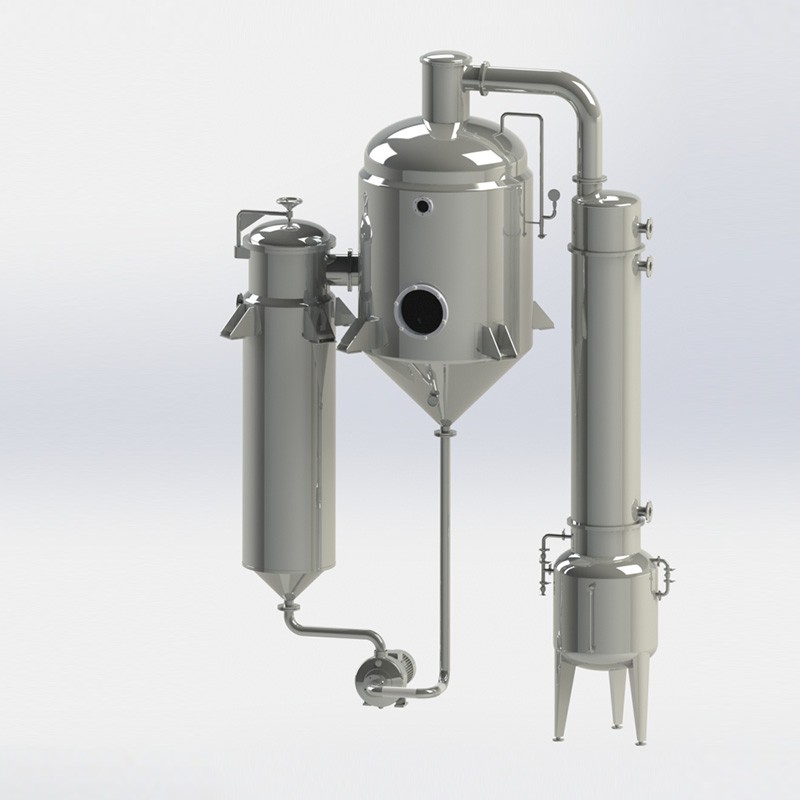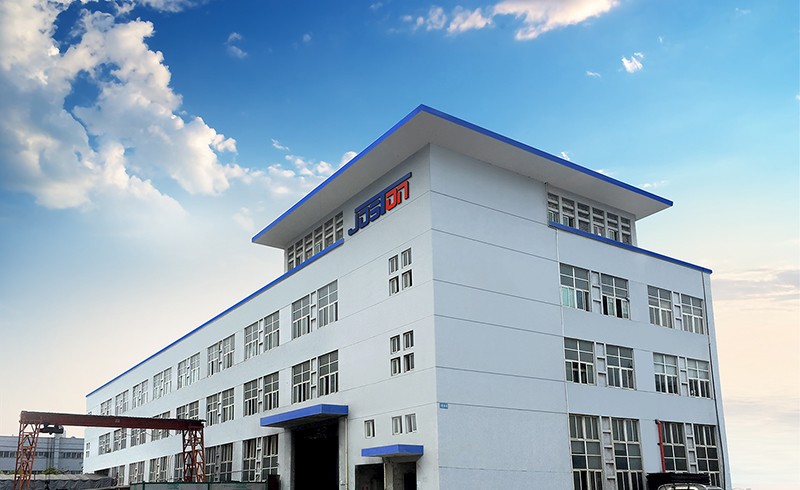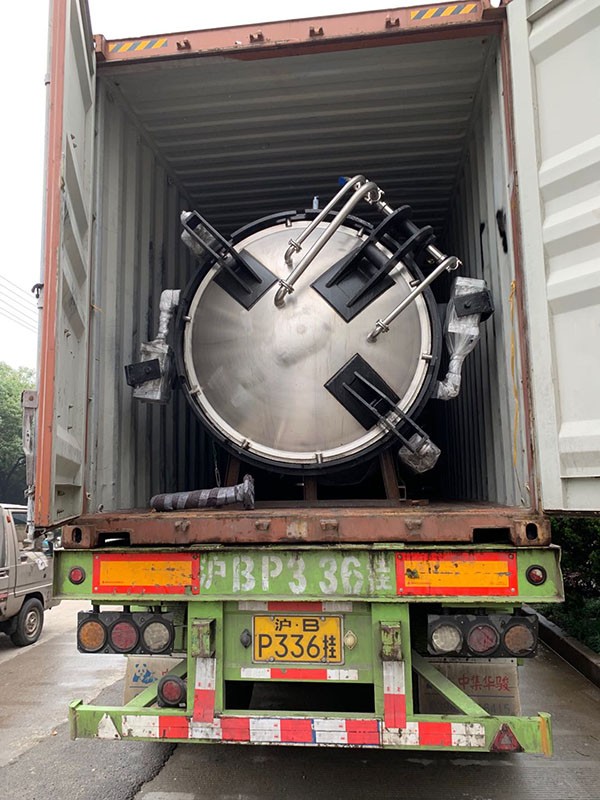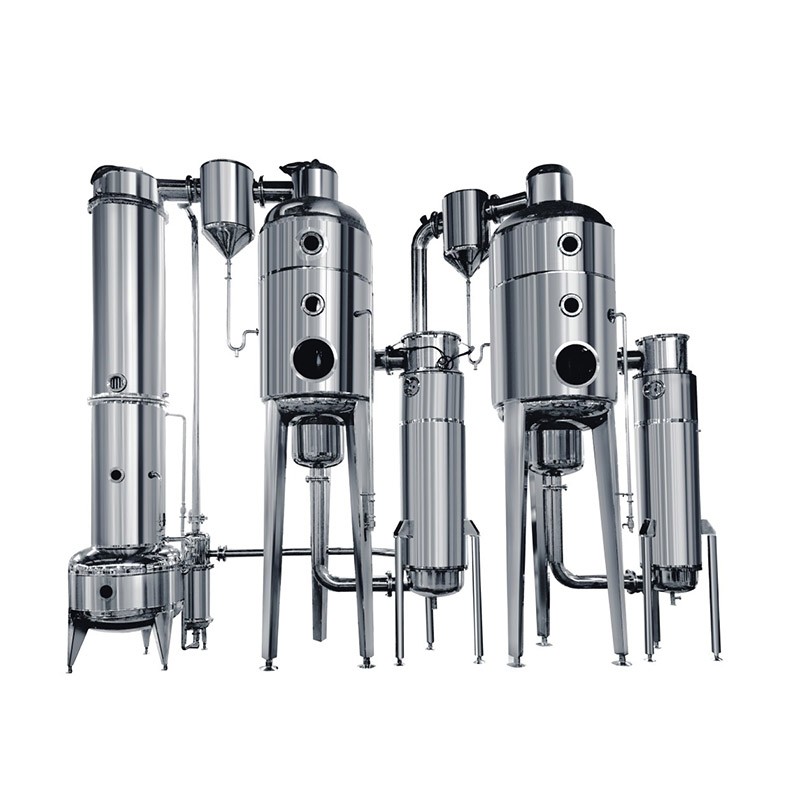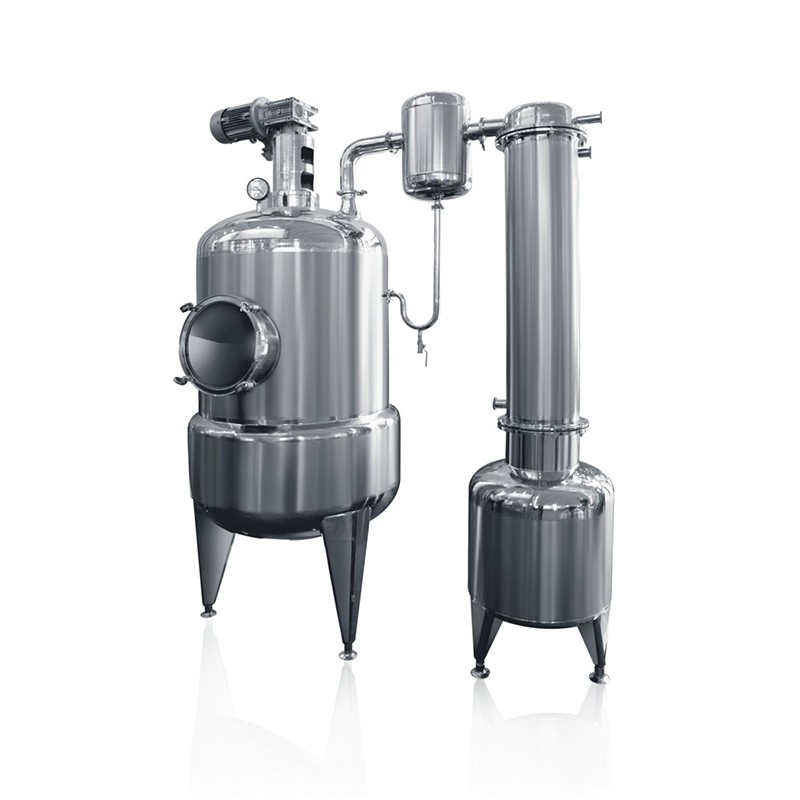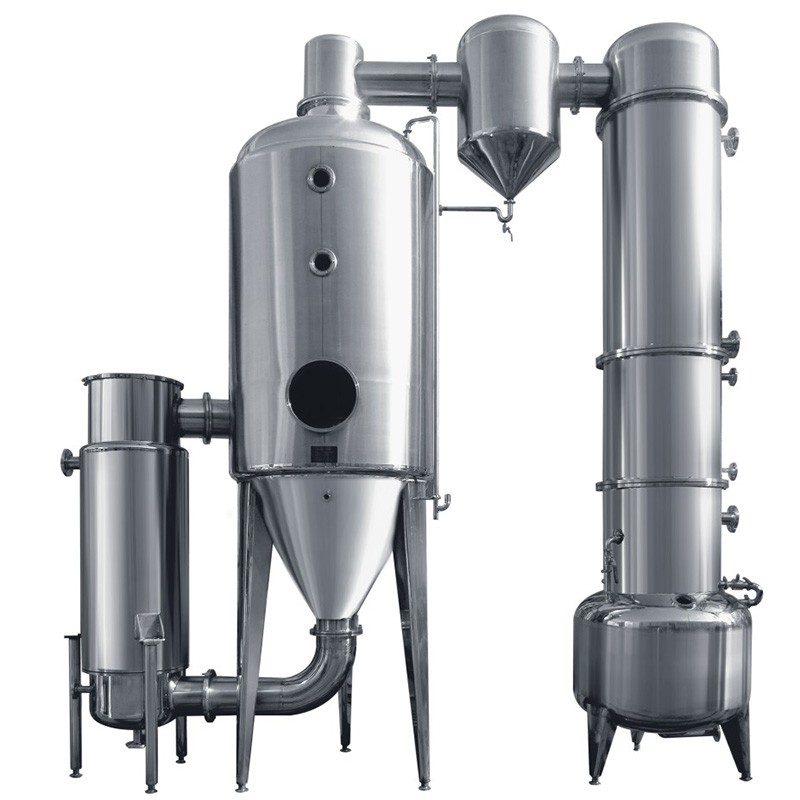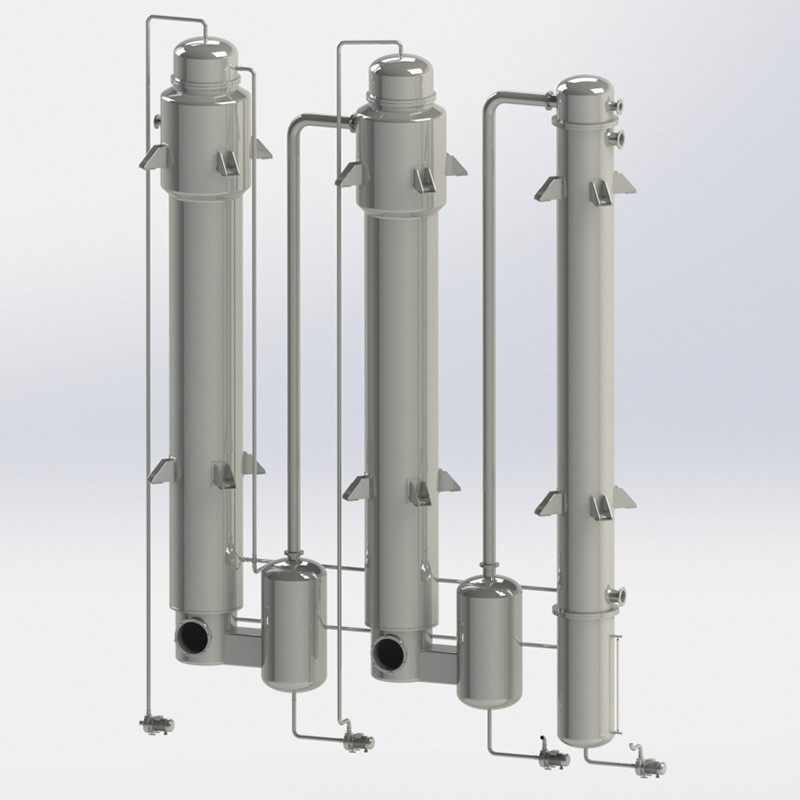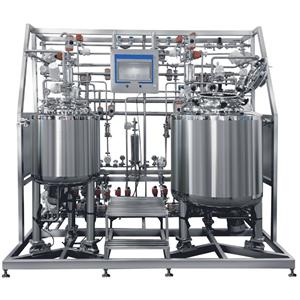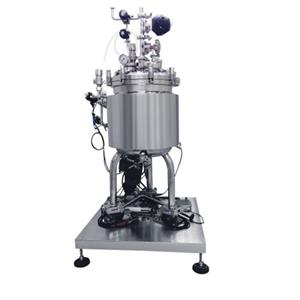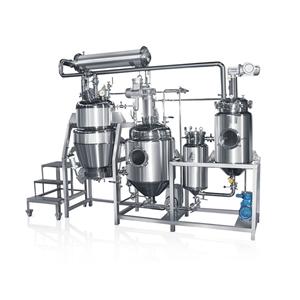Film Rising Evaporator Machine

- JOSTON
- WENZHOU, CHINA
- 35 DAYS
- 20 SETS/MONTH
This evaporator is suitable for the dilute solution with low concentration and the materials with heat sensitivity
Rising Film Evaporator is suitable for pharmaceutical, biological, food, chemical and other industries, commonly used for evaporation of Chinese medicine extract, juice, fine chemical solution, etc. However, it is not suitable for the solution with high viscosity, crystal precipitation and easy scaling.
Rising Film Evaporator working principle:
The feed liquid enters into the tube from the bottom of the heater body, and the heating steam transfers heat and condenses between the tubes, and transmits heat to the feed liquid in the tube. When the feed liquid is heated and boils, it vaporizes rapidly. The secondary steam and feed liquid generated rise rapidly in the tube. Under vacuum condition, the secondary steam velocity at the outlet of the tube can reach 100-160 M / s. The concentrated solution is driven by the secondary steam rising at a high speed and is heated and evaporated continuously along the inner wall of the tube. In this way, the feed liquid is gradually concentrated from the bottom of the heater to the outlet at the top of the pipe. The concentrated liquid enters the evaporation separation chamber at a higher speed, and is separated from the secondary steam under the centrifugal force. The secondary steam is discharged from the top of the separation chamber. One part of the concentrated liquid passes through the circulation pipe, and then enters the bottom of the heater body, and continues to concentrate. The other part of the concentrated liquid reaches the concentration degree, which can be from the separation chamber. Bottom out. There are also feed after a concentration, to the concentration of the finished product and discharged.
Structural features:
1. The equipment is mainly composed of heater, separator, defoamer, condenser and other parts.
2. The long row tube heater is used. When the material is evaporated in the tube, it is driven by the secondary steam to rise in a film shape, which quickly evaporates the liquid phase, thus shortening the residence time of heating. The primary evaporation meets the concentration requirements and strengthens the evaporation effect. It is an efficient continuous evaporator.
3. The key to the normal operation of the rising film evaporator is to make the liquid materials form a continuous liquid film on the pipe wall. If the steam speed is too fast, the liquid film on the heating pipe will be partially dried, scabbed, scaling and other abnormal phenomena.
4. Vacuum decompression operation is adopted, the evaporation temperature is low and the speed is fast, and the configuration of each instrument valve is reasonable and convenient for operation.
5. The internal and external precision polishing of the equipment meets GMP requirements.
working principle:
The feed liquid enters into the tube from the bottom of the heater body, and the heating steam transfers heat and condenses between the tubes, and transmits heat to the feed liquid in the tube. When the feed liquid is heated and boils, it vaporizes rapidly. The secondary steam and feed liquid generated rise rapidly in the tube. Under vacuum condition, the secondary steam velocity at the outlet of the tube can reach 100-160 M / s. The concentrated solution is driven by the secondary steam rising at a high speed and is heated and evaporated continuously along the inner wall of the tube. In this way, the feed liquid is gradually concentrated from the bottom of the heater to the outlet at the top of the pipe. The concentrated liquid enters the evaporation separation chamber at a higher speed, and is separated from the secondary steam under the centrifugal force. The secondary steam is discharged from the top of the separation chamber. One part of the concentrated liquid passes through the circulation pipe, and then enters the bottom of the heater body, and continues to concentrate. The other part of the concentrated liquid reaches the concentration degree, which can be from the separation chamber. Bottom out. There are also feed after a concentration, to the concentration of the finished product and discharged.

